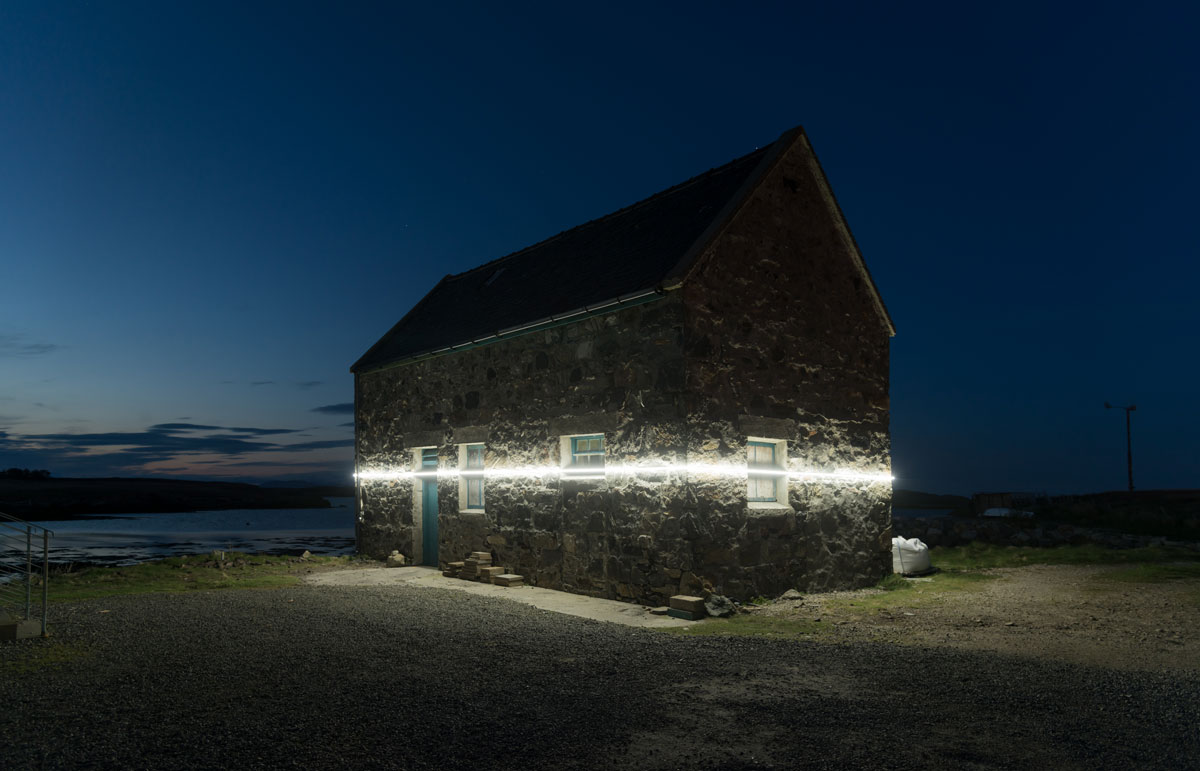31 — June 2019

Rescued into the Greatest Emergency
Santiago Zabala
Two years ago I released a book titled Why Only Art Can Save Us: Aesthetics and the Absence of Emergency, which is similar to the kind of work published in COLLATERAL. This similarity is evident in the need to move beyond disciplinary borders that frame our intellectual activity. The book was not about art or aesthetics, but rather about the emergence of the greatest emergency through art. But what is the greatest emergency today?
The greatest emergency today is that despite being the focus of mainstream news and popular alarm, too many emergencies are still ignored, overlooked, or rejected from the arena of action. The “absence of emergency” does not refer to the “sovereign who decides on the exceptional case” (as Giorgio Agamben would have it) but rather to the abandonment of existence in favor of calculation, technology, and surveillance capitalism, which also includes the decisions of a sovereign. If, as Friedrich Hölderlin said, “where the danger is, also grows the saving power,” we must find ways to experience this danger, that is, the greatest emergency. Art, like other intellectual activities, can thrust us into absent emergencies.
The image I have chosen for this contribution is a work by two Finnish artists: Pekka Niittyvirta and Timo Aho. In order to thrust us into an absent emergency (climate change) they have installed a series of sensors on North Uist (in the Outer Hebrides of the Scottish archipelago) which activate synchronized beams of light that represent a scientific estimate of the level that the sea could rise to if the earth continues to warm. Similarly, kennardphillips’ photomontages or Eva and Franco Mattes’s “dark web” installations demand our intervention in hidden global emergencies, emergencies that are concealed in the idea of their absence.
While I think politics has much to offer, art practices today are closer to our emergencies, in particular the greatest emergencies. This is due not only to art’s ability to overcome disciplinary boundaries, but also autonomy from these limitations in general. While politics will “rescue us from emergencies,” only art has the strength to “rescue us into emergencies.” In order to do this, we must move beyond disciplinary boundaries that frame our intellectual activity as they are the first obstacle to interpret vital absent emergencies (climate change, e-waste, social and gender inequality) in the 21st century.
